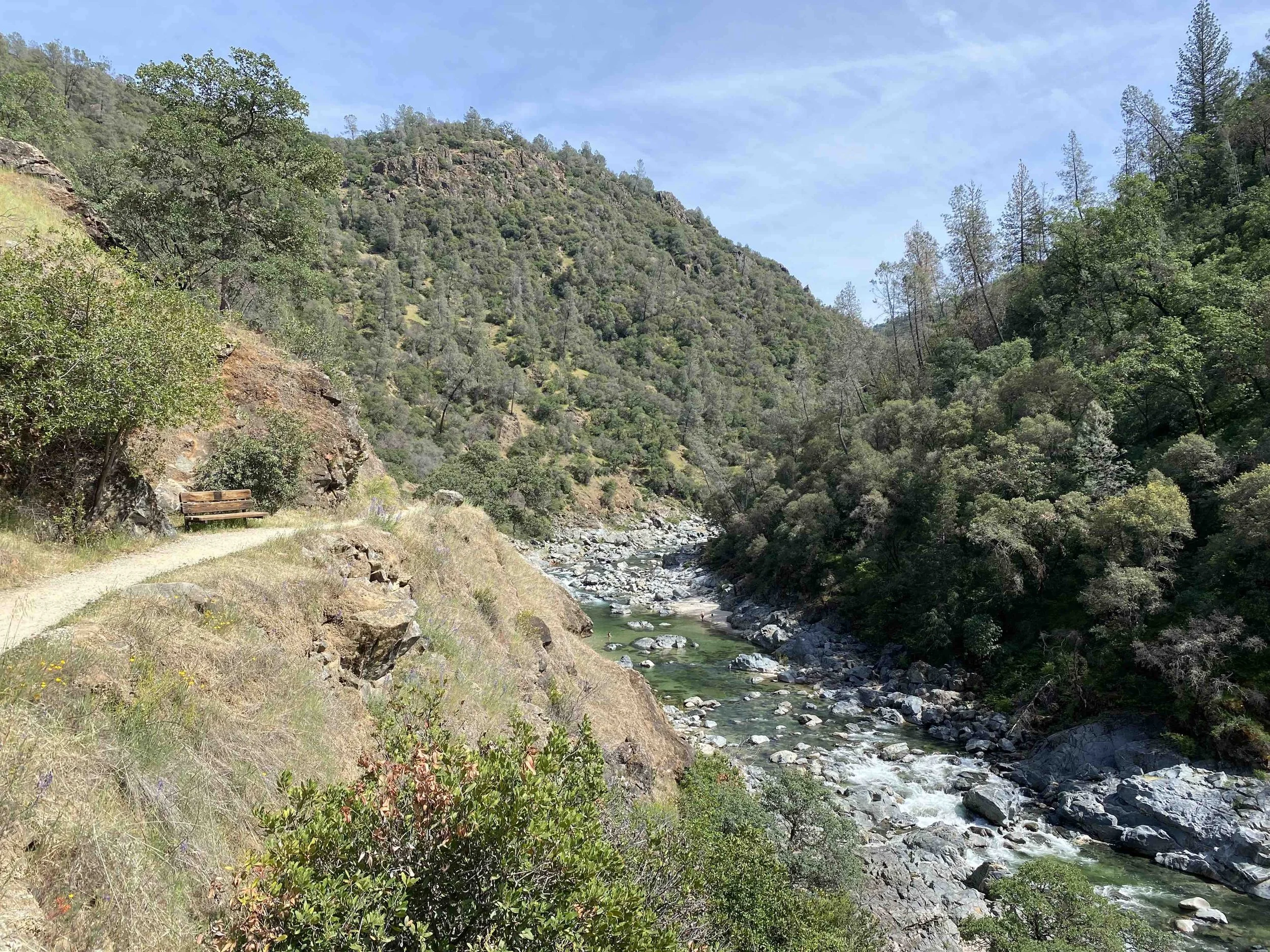
My Favorite Egg Experiment & How to Write a Lab Report
This is hands-down one of my favorite experiments - it is easy, affordable, and fun.
I am going to set this post up in the style of a proper lab report. If you are one of my students, you can use this post to check your work.
Date: 3/23/20
Name: Stacey A.
Title: Magical Membranes & Osmosis
Purpose: We will explore how the membrane of an egg is similar to a cell membrane. When the shell is removed from an egg, a semi-permeable membrane remains. There are tiny microscopic holes in the membrane that allow certain molecules to pass through but not others. The molecule has to be smaller than the hole to fit through. For example, water is a very small molecule and sugar is a much larger molecule - water will be able to pass through the holes in the membrane, but the sugar will not.
We will explore how the egg changes depending on the solution. When the egg is in a sugary solution like corn syrup, there is a higher concentration of particles dissolved outside the egg compared to the inside of the egg and the water will move toward the side that has a higher concentration of particles. The egg essentially becomes dehydrated.
When the egg is place in distilled water, it rehydrates, and water flows back into the egg.
The semi-permeable membrane of the egg is very similar to the semi-permeable membranes of the cells in our bodies!
Hypothesis: I think less water will flow into the egg when it is in the corn syrup and more water will flow into the egg when it is in the distilled water.
Materials: 1 large egg, 1 small jar, 8-16 oz, 1 cup (8 oz) white vinegar, 1 cup corn syrup, 1 cup (8 oz) distilled water, an 8 inch piece of string, a marker, a ruler
Procedure:
Step 1 - Place the egg in white vinegar. Allow to sit overnight, or longer, until the shell has completely dissolved. Record how long it took.
Step 2 - Rinse the egg. Wrap the string around the widest part of the egg. Use a marker to mark the string at the point where it meets up with the end. Measure the length on a ruler and record data.
Step 3 - Place the egg in corn syrup for 24 hours. Measure the circumference of the egg using the string and ruler. Record observations and data.
Step 4 - Place the egg in distilled water for 24 hours. Measure the circumference of the egg. Record observations and data.
Observations & Data:
Day 1 - The egg in the vinegar has small bubbles on the shell.
Day 2 - The shell has dissolved. Parts of the shell are floating in the water and parts of it are still stuck to the egg. Rinsing the egg left a clean membrane that is soft. The egg feels like a water balloon.
Day 3 - The egg deflated! It is very delicate. It looks like the yolk broke inside. The corn syrup looks watery compared to yesterday.
Day 4 - The egg looks and feels like it did on Day 2. It has the same circumference it did on Day 2.
Circumference Measurements
Day 1 - 6 inches
Day 2 - 6 inches
Day 3 - 5 inches
Day 4 - 6 inches
Conclusion: Your turn - this is where you explain your observations. Consider your original hypothesis - how would you change your hypothesis knowing what you know now?
Tell the story of what happened and consider what you might do differently next time.
Or if someone is going to replicate the experiment, what advice would you give?
What was the most interesting thing you learned?
Check out my instagram for videos that show the egg.
It's Okay to be Yourself :)
Everyone learns differently. That is a fact. We may have some overlapping similarities, but we all have our own unique style. Every single one of us.
When a child is learning something new, these unique styles are often misinterpreted as challenges to be overcome or impossible frustrations - maybe you’ve heard someone say your child has so much potential, if only they would put in the effort.
Like Shawna Wingert, from Not the Former Things, says “Learning differences require a different approach. It’s that simple, and it’s that complicated.”
By tapping into your child’s brilliance — meeting them where they are and finding the spark that ignites their passion — learning will soon become an experience that feels successful and fun. Reading will feel less tedious and more interesting. Math will be more tangible and relevant. It’s all about finding the missing key to your child’s learning style.
https://www.flickr.com/photos/155190813@N02/34372257313/in/album-72157682497390661/

